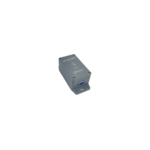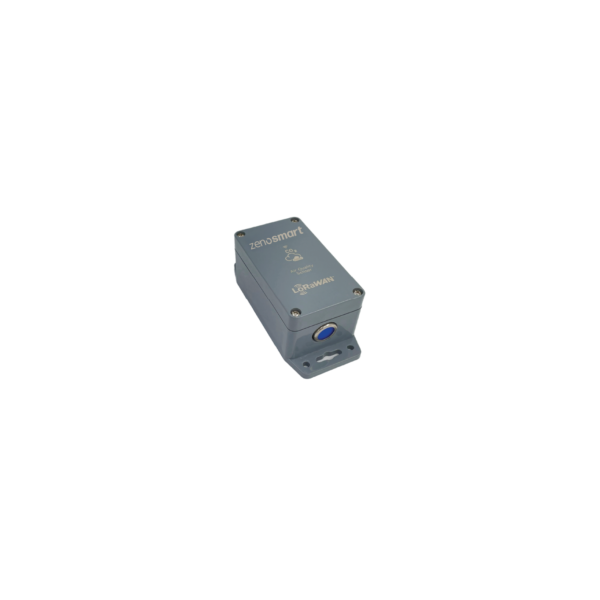Carbon Dioxide (CO₂) Sensor
ZenoSmart LoRaWAN CO₂ Sensor Module is a wireless device designed to accurately measure carbon dioxide (CO₂) levels in both indoor and outdoor environments and securely transmit the data via the LoRaWAN network. Powered by either a 3.6V 19A battery or an external power supply, the sensor can be easily deployed in areas with or without electrical infrastructure. Data transmission occurs every 15 minutes by default and can be adjusted as needed through the IoT platform. Users can remotely monitor devices via zenosmart.com and generate weekly or monthly reports.
The sensor helps manage air quality to prevent the negative effects of high CO₂ concentrations on human health and the environment. With LTE, Wi-Fi, or Helium network connectivity, it enables wide-area monitoring, ensuring safe and efficient CO₂ tracking in both closed and open spaces.
- Product Features
- Files
- FAQ
| Parameter | Specification |
|---|---|
| CO₂ Measurement | |
| Measurement Range | 0 – 2000 ppm |
| Accuracy | ±0.5 ppm |
| Resolution | 0.5 ppm |
| Long-Term Drift | <0.05 ppm/year |
| Air Humidity | |
| Range | 0 – 100 % RH |
| Accuracy | ±1.8 % RH |
| Resolution | 0.01 % RH |
| Long-Term Drift | <0.25 % RH/year |
| General Parameters | |
| Product Model | LoRaWAN CO₂ Sensor Module |
| Microcontroller | STM32-E5 Series |
| Supported Protocol | LoRaWAN v1.1 Class A |
| Built-in Bluetooth | Yes, for parameter configuration via App Tool |
| LoRaWAN Channel Plan | IN865 / EU868 / US915 / AU915 / AS923 / KR920 / RU864 * |
| Max Transmit Power | 19 dBm |
| Sensitivity | -136 dBm @ SF12 BW = 125 KHz |
| Communication Distance | 2 – 10 km (depending on gateway antenna & environment) |
| IP Rating | IP66 |
| Operating Temperature | -40 to +85 °C |
| Operating Humidity | 0 – 100 % RH (non-condensing) |
| Device Weight | 280 g |
| Certifications | CE / FCC / RoHS |
| Battery | |
| Battery Life | Up to 10 years ** |
| Battery Capacity | 19 Ah (non-rechargeable) |
| Battery Type | Standard D-boy SOCl₂ Battery |
1. What does the ZenoSmart CO₂ Sensor Module measure?
The sensor precisely measures carbon dioxide (CO₂) levels in indoor and outdoor environments, helping to manage air quality and ensure safety.
2. How is the device powered and installed?
It can be powered by a 3.6V 19Ah battery or an external power supply, making it suitable for deployment in areas with or without existing electrical infrastructure.
3. How often does the sensor transmit data?
By default, data is transmitted every 15 minutes. This interval can be adjusted through the IoT platform depending on monitoring requirements.






